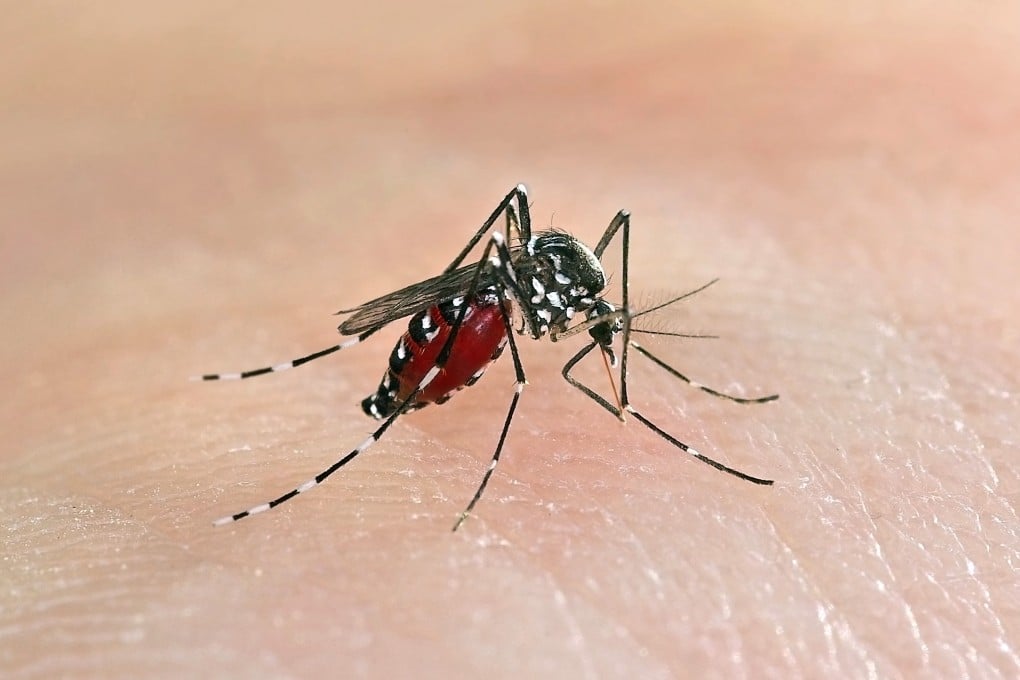Chinese scientists’ new technique to wipe out mosquito populations may provide vital new weapon against range of deadly diseases
- Researchers managed to eradicate populations on two islands in Guangzhou province in two years by releasing 200 million insects specially bred to be infertile
- Mosquitoes carry a range of diseases such as malaria and dengue fever and scientists believe using biological technique may be best for the environment

Scientists have wiped out the entire population of mosquitoes on two islands in southern China using radical techniques to render the males infertile, according to a new study that could transform the fight against a range of deadly diseases.
Over nearly two years, scientists released more than 200 million specially bred male Asian tiger mosquitoes on Shazai and Dadaosha islands in the delta to the south of Guangzhou city, the area with the highest number of dengue fever cases in China.
The study, published in the latest edition of the journal Nature, said the mosquitoes, also known as Aedes albopictus, had been exposed to short bursts of gamma radiation and received three artificially induced infections from three different species of Wolbachia, a parasitic microorganism, to make them infertile.
The males were also fed with sugar in the hope of making them bigger and stronger – and therefore more attractive to female mosquitoes during the mating season.
This, combined with the sheer weight of numbers of the infertile mosquitoes, was intended to tip the evolutionary balance by ensuring that the females’ eggs – if any were laid at all – would not hatch.